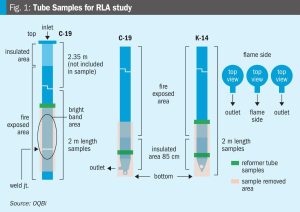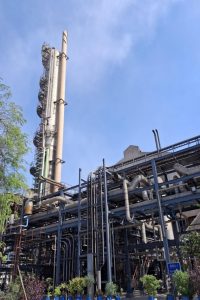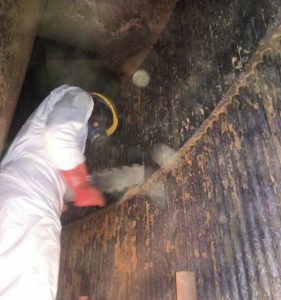
BASF to partner with Plug Power on hydrogen liquefaction plants
BASF says that it has signed a cooperation agreement with Plug Power to offer BASF’s advanced DeOxo catalysts as part of Plug Power’s hydrogen liquefaction plants globally to enhance their market offerings, improving reliability and cost efficiency. DeOxo catalysts, including the Purivate™ Pd15 product, offer exceptional performance at low temperatures, reducing the need for expensive […]






